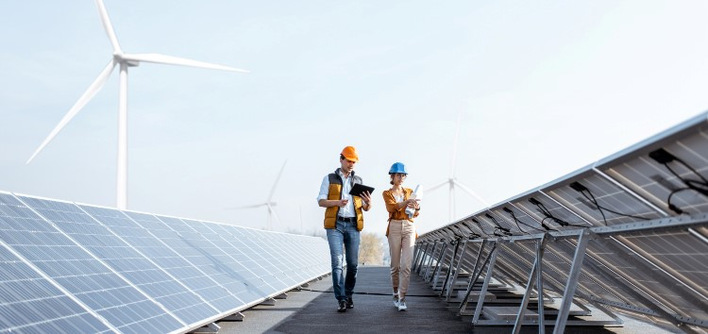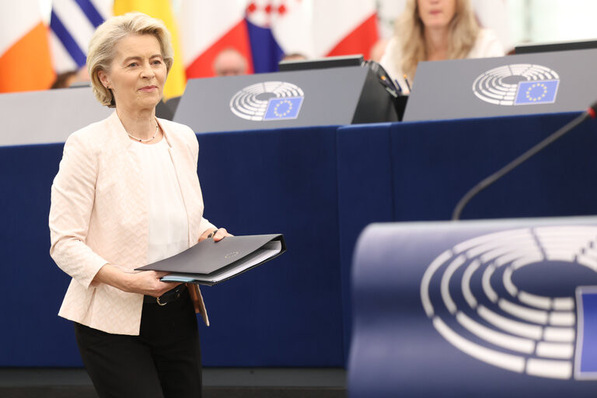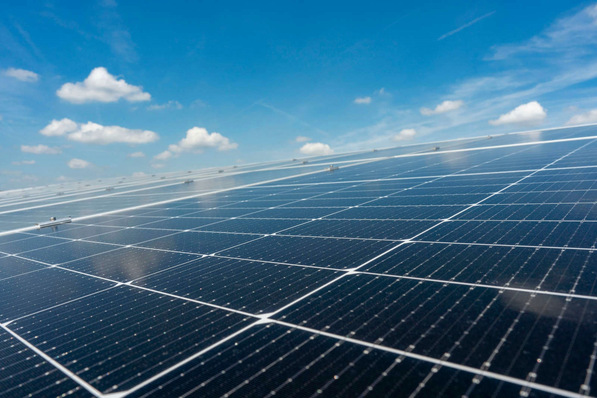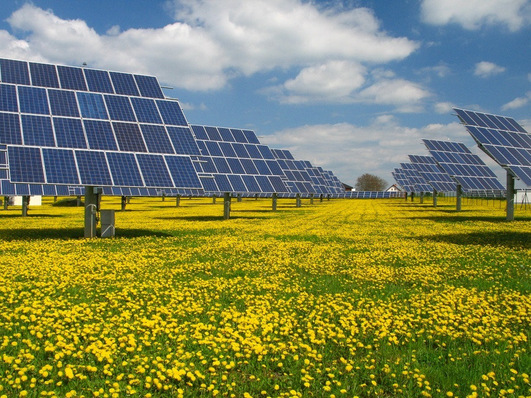The European Commission lacks an effective concept to switch Europe’s basic materials industry to climate-friendly technologies. For the EU to be climate-neutral by 2050, as foreseen by the Green Deal, emissions from steel, cement, and chemicals plants in the EU must be reduced consistently. Climate-neutral technologies are already available for energy-intensive production processes at the industrial scale. Investments can begin over the next five years. However, the carbon price under the European emissions trading scheme (EU-ETS) is expected to remain too low to drive this transition over the next ten years. And a higher carbon tax might make European industry uncompetitive globally.
Carbon border tax adjustment
To better protect EU firms from more carbon-intensive imports (plastic, steel, etc.), the Commission is therefore currently discussing a carbon border tax adjustment. But not even a higher carbon price with a border tax will produce a business model for climate-neutral production within the EU. Agora Energiewende has thus put together a package of policy instruments to kick-start the European transition to climate-neutral industry. The measures fill in gaps along the entire value chain: from infrastructure and production technologies to the purchase of carbon-free end products and improved recycling quality.
Policy framework for green investments needed
"For the European basic materials industry, the situation is becoming very urgent. Without a strong policy framework for climate-neutral technologies, these firms must choose between either closure or possible lock-in of conventional technologies, which might have to be shut down prematurely,” says Frank Peter, Deputy Director at Agora Energiewende. “The EU must now create a policy framework for green investments. Otherwise, numerous jobs are at stake."
Did you miss that? Producing steel without CO2-emissions is not impossible
Peter says the discussion should not be limited to a carbon border adjustment: "It’s true that we must have strong policies to ensure a level playing field for European industries. But this is only one part of the picture. Border carbon adjustments alone will not fulfil all the necessary conditions for investment in climate-neutral production and products."
From industrial plant to recycling: An overall concept for climate neutrality
Steel, cement and chemical manufacturers account for some 12 percent of net annual European greenhouse gas emissions. Around half of all European blast furnaces for steel production and chemical steam cracker plants require major modernization by 2030, along with a good third of cement kilns. To ensure climate neutrality, Agora Energiewende proposes the introduction of policy instruments on three levels:
Carbon contracts for difference
First, at the production level financial instruments must compensate for the competitive disadvantage of climate-friendly technology compared to conventional alternatives. For example, carbon contracts for difference could give companies investment security and protect them against low or fluctuating carbon prices. Industrial companies would thus receive compensation for the additional cost of climate-friendly technology.
Clean hydrogen infrastructure
Second, a clean hydrogen infrastructure is also necessary for climate-neutral industry in addition to affordable renewable electricity. Climate-neutral hydrogen will be a central element in industrial production without coal, natural gas and oil. To launch clean hydrogen production in Europe, the EU should create economic incentives for steel and chemical companies to buy climate-neutral hydrogen.
Green product standards and labels
And third, Agora Energiewende proposes measures to support for purchases of climate-neutral products, such as green product standards and labels. Public construction projects could then introduce requirements for the use of green steel and climate-neutral cement. Such measures also promote a market for climate-neutral products. With higher recycling standards, the EU could also minimise the overall need for new raw materials.
Implement the increased climate targets
“These policy instruments could be integrated into existing EU legislation. We don’t necessarily need a completely new set of EU Directives”, says Peter, “In the light of the European Green Deal and the planned increase in European climate targets for 2030, EU climate law will be amended next year anyway. This is a golden opportunity for the EU to tie up the package for the climate-neutral transition of the energy-intensive industry.”
Did you miss that? How Germany can become climate-neutral by 2050
The 40-page study entitled "A clean industry package for the EU" presents eleven policy instruments to kick-start the climate-neutral transition of Europe's basic material industries. On November 18, the instruments will be presented at an online event along with a second study on the key technologies and their contribution to emission reductions in European steel, cement and chemical factories. (hcn)







